Aloe Vera is one of the most popular houseplants due to its many health benefits and easy care. However, even experienced gardeners can make mistakes when growing this hardy succulent. To help you keep your Aloe Vera healthy and thriving, here are nine common care mistakes to avoid.
What Are the Common Aloe Vera Care Mistakes?
Aloe Vera is a resilient and easy-to-care-for plant, perfect for both beginner and experienced gardeners. However, even with its hardy nature, Aloe Vera can suffer from common mistakes that many people unknowingly make. Whether you want to improve the health of your existing Aloe Vera or prevent future problems, understanding what to avoid is essential. Let’s dive into the 9 most common Aloe Vera care mistakes and learn how to keep your plant thriving.
1. Overwatering Aloe Vera
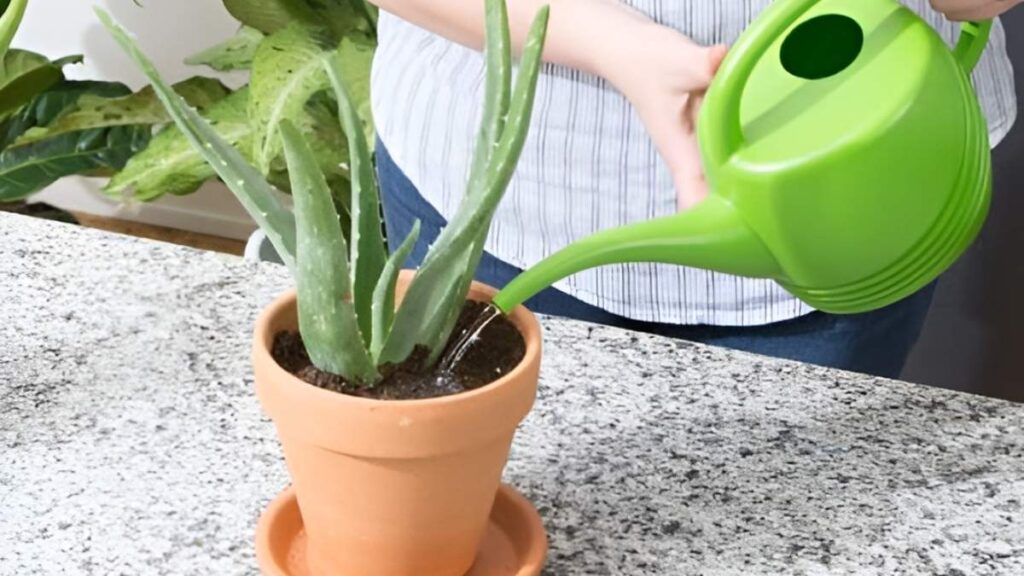
One of the biggest mistakes many home gardeners make is overwatering Aloe Vera. These plants are succulents, meaning they store water in their leaves. They do not require frequent watering and prefer dry soil. Overwatering can lead to root rot and other issues that could eventually kill the plant. Always let the soil dry out completely between waterings, especially in colder months.
Why Overwatering Is Harmful
When you overwater your Aloe Vera, the roots become waterlogged, depriving them of oxygen. This can cause the roots to rot, leading to yellowing leaves and a weakened plant. In severe cases, overwatering can cause the plant to die.
2. Not Enough Sunlight
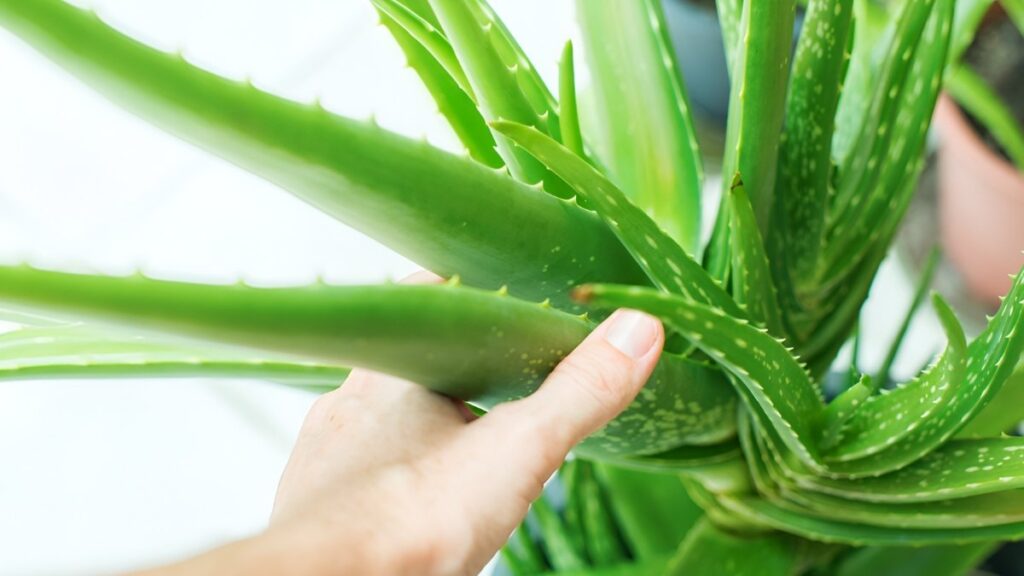
Aloe Vera plants love the sun. They need at least six hours of direct sunlight each day to stay healthy. Placing your Aloe Vera in a spot that doesn’t get enough light is another common mistake. Insufficient sunlight can cause the plant to become leggy, weak, and unable to produce the bright green color that makes it so attractive.
Why Aloe Vera Needs Sunlight
Aloe Vera thrives in bright, direct sunlight because it helps the plant photosynthesize. Without enough light, the plant’s growth slows down, and it may become more susceptible to pests and diseases. In some cases, a lack of sunlight can cause the leaves to become pale or stretched out.
3. Using the Wrong Type of Soil
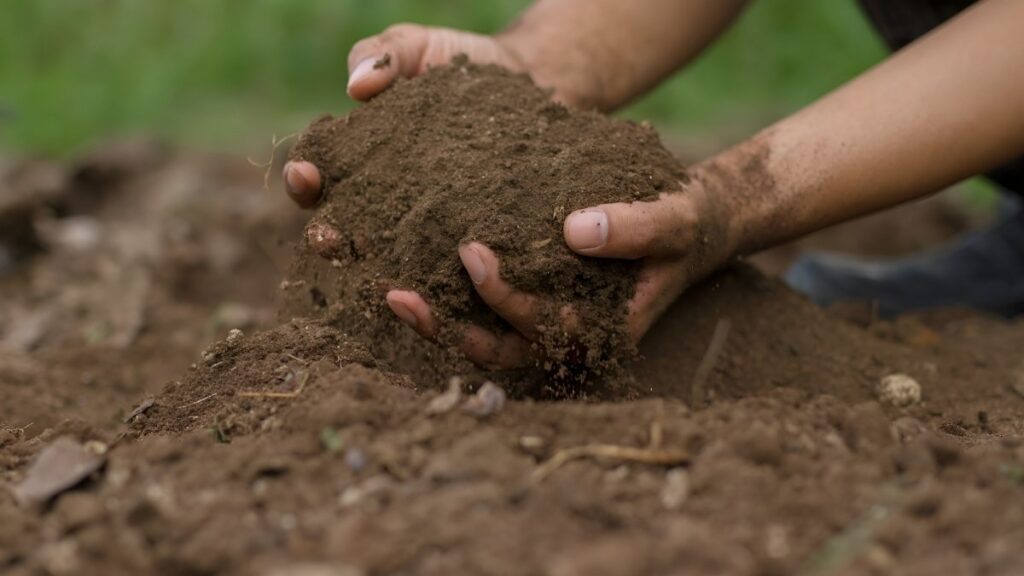
Aloe Vera needs well-draining soil to avoid root rot. Many gardeners make the mistake of using heavy potting soil, which retains too much moisture. This can cause the roots to stay too wet, leading to various problems, including mold growth and root rot.
What Type of Soil Is Best for Aloe Vera
To ensure proper drainage, it’s essential to use a cactus or succulent mix that is designed to drain quickly. You can also add sand or perlite to regular potting soil to improve its drainage properties.
4. Choosing the Wrong Pot
The type of pot you choose for your Aloe Vera is another critical factor in its health. A pot without drainage holes can trap excess water, leading to the same root rot issues as overwatering. Many gardeners don’t think about drainage and use decorative pots that may not allow the water to escape.
Why Drainage Is Crucial
Aloe Vera roots need to dry out between waterings to prevent rot. A pot with drainage holes helps excess water escape, ensuring the plant doesn’t sit in water for too long. This is a simple yet crucial step in keeping your Aloe Vera healthy.
5. Fertilizing Too Often
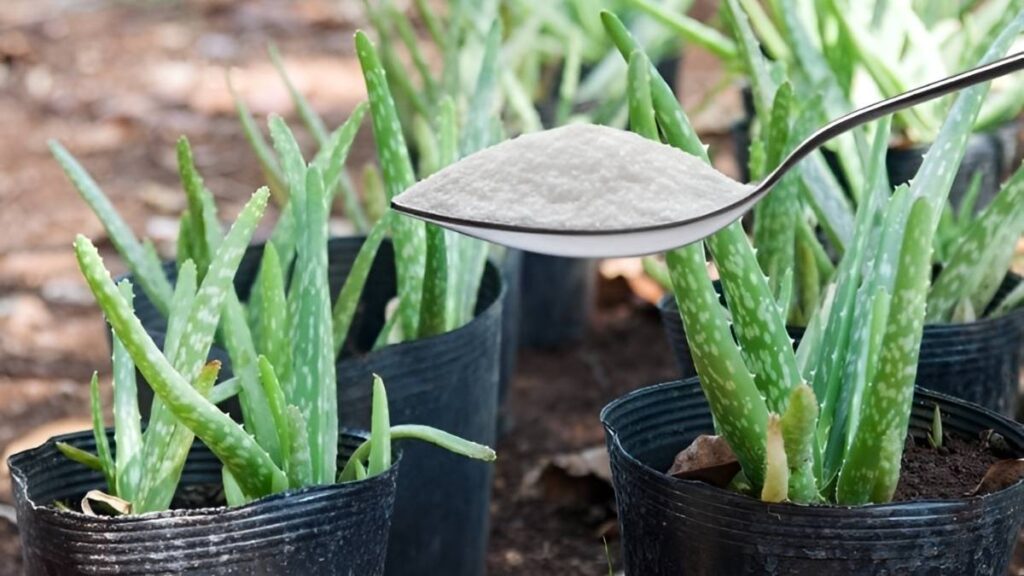
While Aloe Vera plants benefit from occasional feeding, over-fertilizing can harm them. Using too much fertilizer can cause a build-up of salts in the soil, leading to burned roots and damaged leaves. Aloe Vera doesn’t need frequent fertilization; once a month during the growing season is usually enough.
Why Fertilizing Is Important, But Not Too Much
Fertilizing helps provide essential nutrients to the plant, but Aloe Vera does not require a lot of nutrients to thrive. In fact, too much fertilizer can cause the plant to become stressed, weaken its immune system, and make it more susceptible to pests.
6. Not Repotting When Necessary
Aloe Vera is a slow-growing plant, but it will eventually outgrow its pot. Failing to repot your Aloe Vera when it becomes root-bound can stunt its growth and lead to unhealthy roots. A plant that’s confined to a too-small pot will also struggle to absorb water and nutrients.
How to Know When to Repot
If you notice that your Aloe Vera is growing very slowly, has roots sticking out of the drainage holes, or the leaves are becoming discolored, it’s time to repot. When choosing a new pot, select one that’s just a few inches larger than the current one to allow for growth.
7. Exposing Aloe Vera to Cold Temperatures
Aloe Vera is a tropical plant and doesn’t tolerate cold well. Exposing it to temperatures below 50°F (10°C) can stress the plant and cause its leaves to shrivel or turn brown. If you live in an area with cold winters, it’s important to bring your Aloe Vera indoors when temperatures drop.
Why Cold Temperatures Are Harmful
Cold temperatures can cause Aloe Vera to go dormant or die. The plant’s tissues can freeze, leading to irreversible damage. Even brief exposure to cold air can cause the plant to weaken, making it more vulnerable to diseases and pests.
8. Ignoring Pests
Aloe Vera is relatively pest-resistant, but it’s not completely immune. Mealybugs, aphids, and spider mites can sometimes infest the plant, especially if it’s stressed or overwatered. Many gardeners overlook pests until the damage is done.
How to Spot Pests Early
Regularly check your Aloe Vera for signs of pests, such as small webs, white cotton-like masses, or discolored leaves. If you find pests, treat the plant with insecticidal soap or a mixture of water and mild dish soap to keep them in check.
9. Not Pruning Dead Leaves
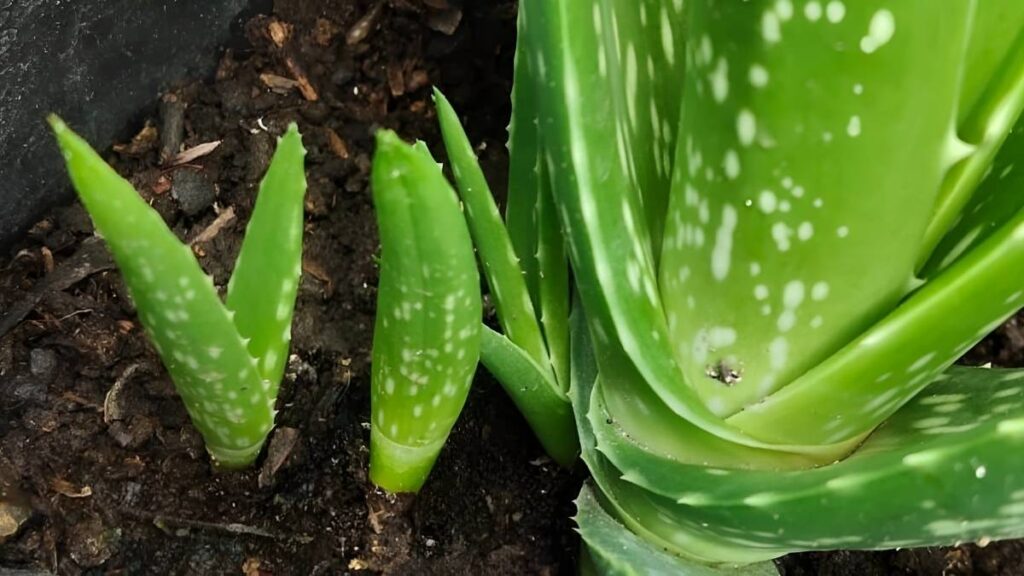
While Aloe Vera is a low-maintenance plant, it does benefit from occasional pruning. Over time, older leaves may become brown or damaged. Allowing dead or damaged leaves to stay on the plant can lead to disease and attract pests. It’s essential to trim off any unhealthy leaves to keep the plant looking its best.
How to Prune Aloe Vera
Use clean, sharp scissors or pruning shears to cut away dead or damaged leaves. Always cut at the base of the leaf to avoid damaging the healthy part of the plant. Be careful not to remove too many leaves at once, as this can stress the plant.
Final Thoughts
By avoiding these common mistakes, you can ensure that your Aloe Vera thrives for years to come. Remember, this hardy plant may not require much maintenance, but it still benefits from a little attention to its needs. With the right care, you’ll be able to enjoy its benefits both as a natural remedy and as a beautiful addition to your home.




